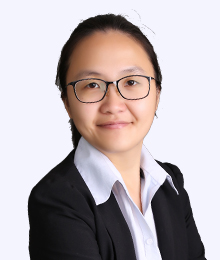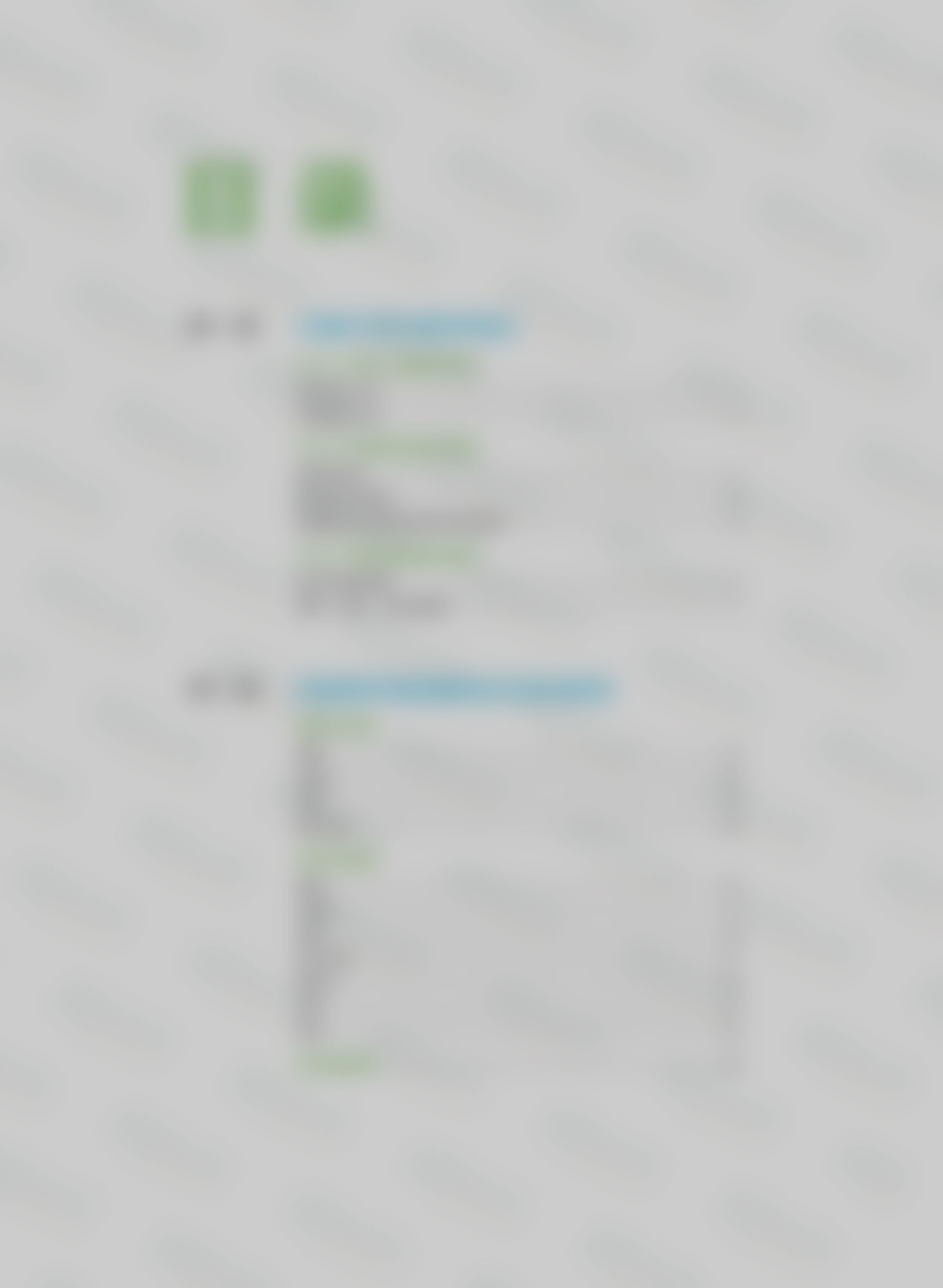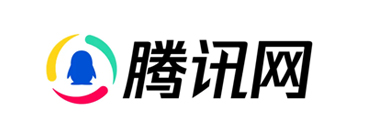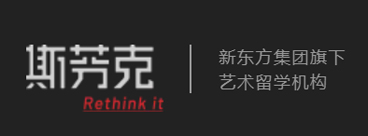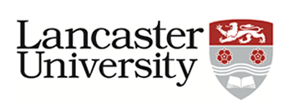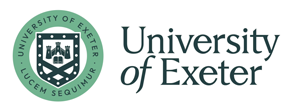臭臭“云游”加拿大
Group 1. :
Studies in language and literature
https://www.ibo.org/programmes/diploma-programme/curriculum/language-and-literature/
语言和文学研究
As part of the Diploma Programme (DP), students take at least one subject from studies in language and literature.
Taking two studies in language and literature subjects in different languages is one way of obtaining a bilingual diploma.
The courses offer a broad range of texts, and students grow to appreciate a language’s complexity, wealth and subtleties in a variety of contexts.
Students take their studies in a language in which they are academically competent.
The subject consists of three courses:
1-
Language A: literature, which is automatically available in 55 languages and, by special request, for any other that has sufficient written literature
2-
Language A: language and literature, which is available in 17 languages.
3-
Literature and performance, which is automatically available in English, and by special request in Spanish and French.
Through each course, students are able to develop:
1- a personal appreciation of language and literature
2- critical-thinking skills in their interaction with a range of texts from different periods, styles, text-types and literacy forms
3- an understanding of the formal, stylistic and aesthetic qualities of texts
4- strong powers of expression, both written and oral
5- an appreciation of cultural differences in perspective
6- an understanding of how language challenges and sustains ways of thinking.
Through studies in language and literature, the DP aims to develop a student's lifelong interest in language and literature, and a love for the richness of human expression.
作为文凭课程(DP)的一部分,学生至少会从语言和文学研究中选修一门课程。
在不同语言的语言和文学科目中进行两项研究是获得双语文凭的一种方法。
这些课程提供了广泛的文本,并且学生逐渐了解一种语言在各种情况下的复杂性,丰富性和精妙性。
学生以他们具有学术能力的语言学习。
该主题包括三门课程:
1-
语言A:文学,它会自动以55种语言提供,并根据特殊要求,提供任何其他具有足够书面文学的语言
2
语言A:语言和文学,有17种语言可供选择。
3
文学和表演,将自动以英语提供,并根据特殊要求以西班牙语和法语提供。
通过每门课程,学生可以发展:
1-对语言和文学的个人欣赏
2-批判性思维能力,与不同时期,风格,文本类型和读写形式的一系列文本互动
3-对文本形式,风格和美学品质的理解
4-书面和口头表达能力强
5-理解文化差异
6-对语言如何挑战和维持思维方式的理解。
通过语言和文学方面的研究,DP旨在培养学生对语言和文学的终生兴趣,以及对人类表达丰富性的热爱。
Language A: literature (SL/HL) :
https://www.ibo.org/programmes/diploma-programme/curriculum/language-and-literature/language-a-literature-slhl/
The language A:
literature course introduces students to the analysis of literary texts. It is the course through which the IB’s policy of mother-tongue entitlement is delivered. The course is automatically available in 55 languages and available by special request and may be studied in any language with a sufficiently developed written literature.
The course is organized into three areas of exploration and seven central concepts, and focuses on the study of literary works.
Together, the three areas of exploration of the course add up to a comprehensive exploration of literature from a variety of cultures, literary forms and periods.
Students learn to appreciate the artistry of literature, and develop the ability to reflect critically on their reading, presenting literary analysis powerfully through both oral and written communication.
Key features of the curriculum and assessment models :
1- Available at higher and standard levels
2- Higher level study requires a minimum of 240 class hours, while standard level study requires a minimum of 150 class hours
3- Students study 13 works at higher level and 9 works at standard level from a representative selection of literary forms, periods and places
4- Students develop the ability to engage in close, detailed analysis of literary works, building understanding of the techniques involved in literary criticism
5- The study of literary works in context is emphasised, and through the study of literature in translation the student is challenged to reflect on the role of cultural assumptions in interpretation
6- Students are assessed through a combination of formal examination and oral and written coursework.
7- The formal examination comprises two essay papers, one requiring the analysis of a passage of unseen literary text, and the other comparative response to a question based on two works studied
8- Students also perform an oral activity presenting their analysis of two works studied
9- HL students comply with an additional written coursework requirement which consists of writing a 1200 - 1500 word essay on one of the works studied
Language A: language and literature (SL/HL)
https://www.ibo.org/programmes/diploma-programme/curriculum/language-and-literature/language-a-language-and-literature-slhl/
The language A:
language and literature course introduces the critical study and interpretation of written and spoken texts from a wide range of literary forms and non literary text-types. The formal analysis of texts is supplemented by awareness that meaning is not fixed but can change in respect to contexts of production and consumption. This course is available for study in 17 languages.
The course is organized into three areas of exploration and seven central concepts, and focuses on the study of both literary or non-literary texts.
Together, the three areas of exploration of the course allow the student to explore the language A in question through its cultural development and use, its media forms and functions, and its literature.
Students develop skills of literary and textual analysis, and also the ability to present their ideas effectively. A key aim is the development of critical literacy.
Key features of the curriculum and assessment models :
1- Available at higher and standard levels
2- Higher level study requires a minimum of 240 class hours, while standard level study requires a minimum of 150 class hours
3- Students study 6 works at higher level and 4 works at standard level from a representative selection of literary forms, periods and places
4- Students study a range of non-literary texts and bodies of work that include a wide variety of text-types
5- Students develop the techniques needed for the critical analysis of communication, becoming alert to interactions between text, audience and purpose
6- An understanding of how language, culture and context determine the construction of meaning is developed through the exploration of texts, some of which are studied in translation, from a variety of cultures, periods, text-types and literary forms
7- Students are assessed through a combination of formal examinations and oral and written coursework and oral activities
8- The formal examination comprises two essay papers, one requiring the analysis of unseen literary and non-literary text, and the other a comparative response to a question based on two literary works studied
9 - Students also perform an oral activity presenting their analysis of a literary work and a non-literary body of work studied
10- HL students comply with an additional written coursework requirement which consists of writing a 1200 - 1500 word essay on one of the works or bodies of work studied.
语言A:文学(SL / HL):
https://www.ibo.org/programmes/diploma-programme/curriculum/language-and-literature/language-a-literature-slhl/
语言A:
文学课程向学生介绍文学文本的分析。这是IB传递母语权利政策的过程。该课程自动以55种语言提供,并且可以根据特殊要求提供,并且可以使用任何具有足够书面文字的语言进行学习。
该课程分为三个探索领域和七个核心概念,重点是文学作品的研究。
这门课程的三个探索领域共同构成了对来自各种文化,文学形式和时期的文学的全面探索。
学生学会欣赏文学的艺术性,发展批判性地反思阅读的能力,通过口头和书面交流有力地展示文学分析。
课程和评估模型的主要特点:
1-在更高和标准级别上可用
2-高水平学习至少需要240课时,而标准水平学习至少需要150课时
3-学生从文学形式,时期和地点的代表性选择中学习13门更高水平的作品和9门标准水平的作品
4-学生发展出对文学作品进行详细的详细分析的能力,对文学批评所涉及的技巧有深入的了解
5-强调对语境中文学作品的研究,通过翻译文学研究,要求学生反思文化假设在口译中的作用
6-通过正式考试,口语和书面课程对学生进行评估。
7-正式考试包括两篇论文,一篇要求分析一段看不见的文学文本,另一篇基于研究的两篇作品对一个问题的比较性回答
8-学生还进行口头活动,介绍他们对所研究的两件作品的分析
9- HL学生遵守附加的书面课程要求,其中包括在其中一项研究中撰写1200-1500字的论文
语言A:语言和文学(SL / HL)
https://www.ibo.org/programmes/diploma-programme/curriculum/language-and-literature/language-a-language-and-literature-slhl/
语言A:
语言和文学课程从各种文学形式和非文学文本类型中介绍了对书面和口头文本的批判性研究和解释。文本的形式分析得到了认识的补充,即意义不是固定的,而是可以根据生产和消费的上下文而变化。本课程提供17种语言的学习语言。
该课程分为三个探索领域和七个中心概念,重点研究文学或非文学文本。
这门课程的三个探索领域共同使学生能够通过其文化发展和使用,其媒体形式和功能以及其文学来探索所讨论的语言A。
学生将学习文学和文本分析的技能,并有效地表达自己的想法。一个主要目标是发展批判性读写能力。
课程和评估模型的主要特点:
1-在更高和标准级别上可用
2-高水平学习至少需要240课时,而标准水平学习至少需要150课时
3-学生从文学形式,时期和地点的代表性选择中学习6门更高水平的作品和4门标准水平的作品
4-学生学习各种非文学文本和作品,其中包括各种各样的文本类型
5-学生发展了对交流进行批判性分析所需的技术,对文本,受众和目的之间的互动保持警惕
6-通过探索文本来理解语言,文化和语境如何确定意义的结构,其中一些文本是从多种文化,时期,文本类型和文学形式中进行翻译研究的
7-通过正式考试,口语和书面课程以及口语活动对学生进行评估
8-正式考试包括两篇论文,一份要求分析看不见的文学和非文学文本,另一份则基于研究的两篇文学作品对一个问题的比较回答
9-学生还进行口头活动,陈述他们对所研究的文学作品和非文学作品的分析
10- HL学生遵守附加的书面课程要求,其中包括在所研究的一种或多种作品上撰写1200-1500字的论文。
Language A: language and literature (SL/HL)
https://www.ibo.org/programmes/diploma-programme/curriculum/language-and-literature/language-a-language-and-literature-slhl/
The language A:
language and literature course introduces the critical study and interpretation of written and spoken texts from a wide range of literary forms and non literary text-types. The formal analysis of texts is supplemented by awareness that meaning is not fixed but can change in respect to contexts of production and consumption. This course is available for study in 17 languages.
The course is organized into three areas of exploration and seven central concepts, and focuses on the study of both literary or non-literary texts.
Together, the three areas of exploration of the course allow the student to explore the language A in question through its cultural development and use, its media forms and functions, and its literature.
Students develop skills of literary and textual analysis, and also the ability to present their ideas effectively. A key aim is the development of critical literacy.
Key features of the curriculum and assessment models :
1- Available at higher and standard levels
2- Higher level study requires a minimum of 240 class hours, while standard level study requires a minimum of 150 class hours
3- Students study 6 works at higher level and 4 works at standard level from a representative selection of literary forms, periods and places
4- Students study a range of non-literary texts and bodies of work that include a wide variety of text-types
5- Students develop the techniques needed for the critical analysis of communication, becoming alert to interactions between text, audience and purpose
6- An understanding of how language, culture and context determine the construction of meaning is developed through the exploration of texts, some of which are studied in translation, from a variety of cultures, periods, text-types and literary forms
7- Students are assessed through a combination of formal examinations and oral and written coursework and oral activities
8- The formal examination comprises two essay papers, one requiring the analysis of unseen literary and non-literary text, and the other a comparative response to a question based on two literary works studied
9- Students also perform an oral activity presenting their analysis of a literary work and a non-literary body of work studied
10- HL students comply with an additional written coursework requirement which consists of writing a 1200 - 1500 word essay on one of the works or bodies of work studied.
语言A:语言和文学(SL / HL)
https://www.ibo.org/programmes/diploma-programme/curriculum/language-and-literature/language-a-language-and-literature-slhl/
语言A:
语言和文学课程从各种文学形式和非文学文本类型中介绍了对书面和口头文本的批判性研究和解释。文本的形式分析得到了认识的补充,即意义不是固定的,而是可以根据生产和消费的上下文而变化。本课程提供17种语言的学习语言。
该课程分为三个探索领域和七个中心概念,重点研究文学或非文学文本。
这门课程的三个探索领域共同使学生能够通过其文化发展和使用,其媒体形式和功能以及其文学来探索所讨论的语言A。
学生将学习文学和文本分析的技能,并有效地表达自己的想法。一个主要目标是发展批判性读写能力。
课程和评估模型的主要特点:
1-在更高和标准级别上可用
2-高水平学习至少需要240课时,而标准水平学习至少需要150课时
3-学生从文学形式,时期和地点的代表性选择中学习6门更高水平的作品和4门标准水平的作品
4-学生学习各种非文学文本和作品,其中包括各种各样的文本类型
5-学生发展了对交流进行批判性分析所需的技术,对文本,受众和目的之间的互动保持警惕
6-通过探索文本来理解语言,文化和语境如何确定意义的结构,其中一些文本是从多种文化,时期,文本类型和文学形式中进行翻译研究的
7-通过正式考试,口语和书面课程以及口语活动对学生进行评估
8-正式考试包括两篇论文,一份要求分析看不见的文学和非文学文本,另一份则基于研究的两篇文学作品对一个问题的比较回答
9-学生还进行口头活动,陈述他们对所研究的文学作品和非文学作品的分析
10- HL学生遵守附加的书面课程要求,其中包括在所研究的一种或多种作品上撰写1200-1500字的论文。
第一组的目的:
无论SL或是HL
•鼓励学生在文学批评中,欣赏文学和了解所涉及的背景内容
•培养学生的表达能力,两者进行口头和书面交流,并提供练习和发展技能的机会参与各种风格的写作和演讲
•向学生介绍一系列的文学作品以及其不同时期,流派,风格和背景
•通过学习扩大学生的视野来自其他文化和语言的作品
•向学生介绍方法和方法学习文学,导致文学的发展对关系的理解和欣赏不同作品之间
•发展参与紧密,详细的能力文字分析
•促进学生的享受并终身对文学的兴趣。
HL 课程内容:
考核内容:

